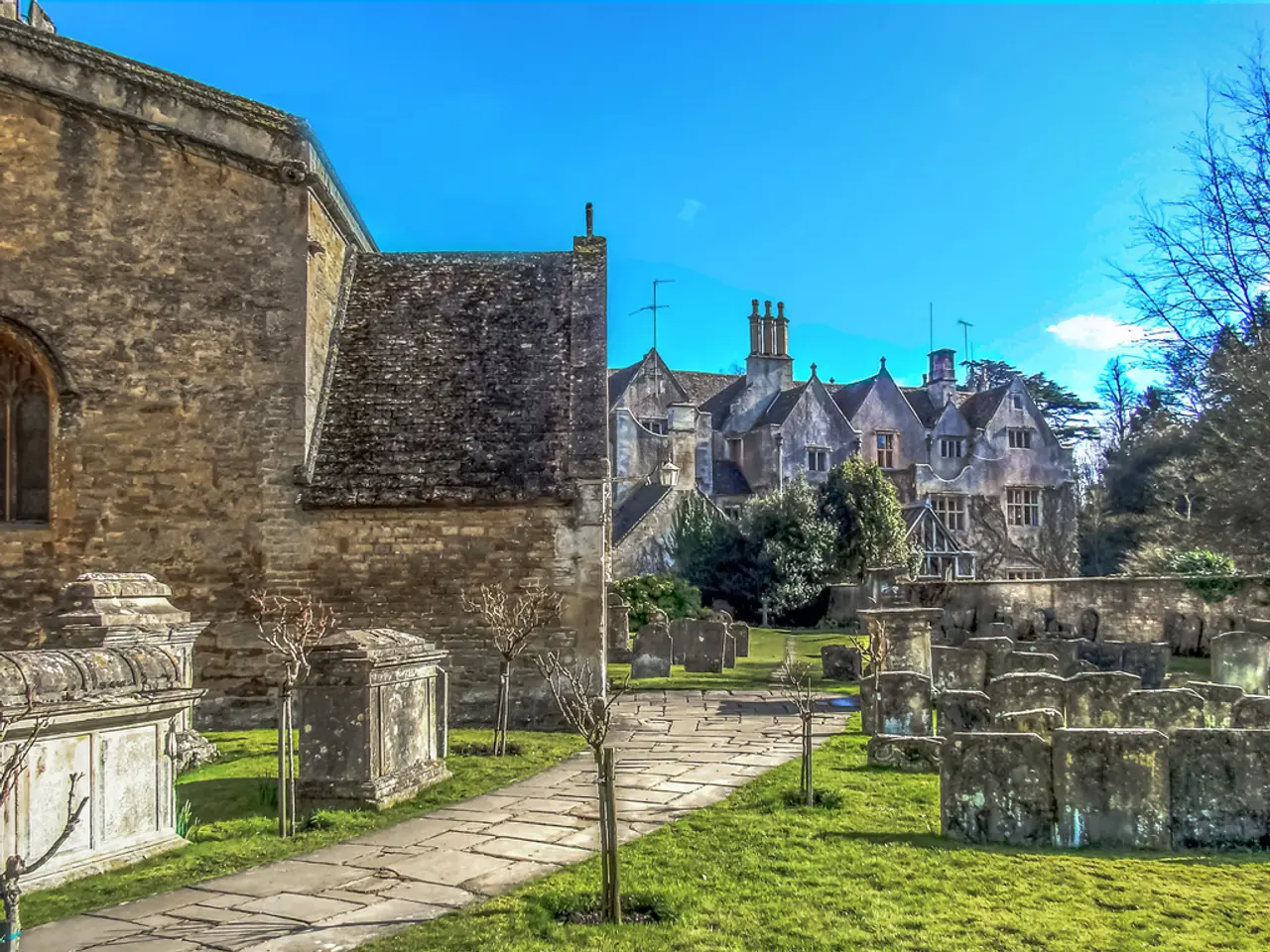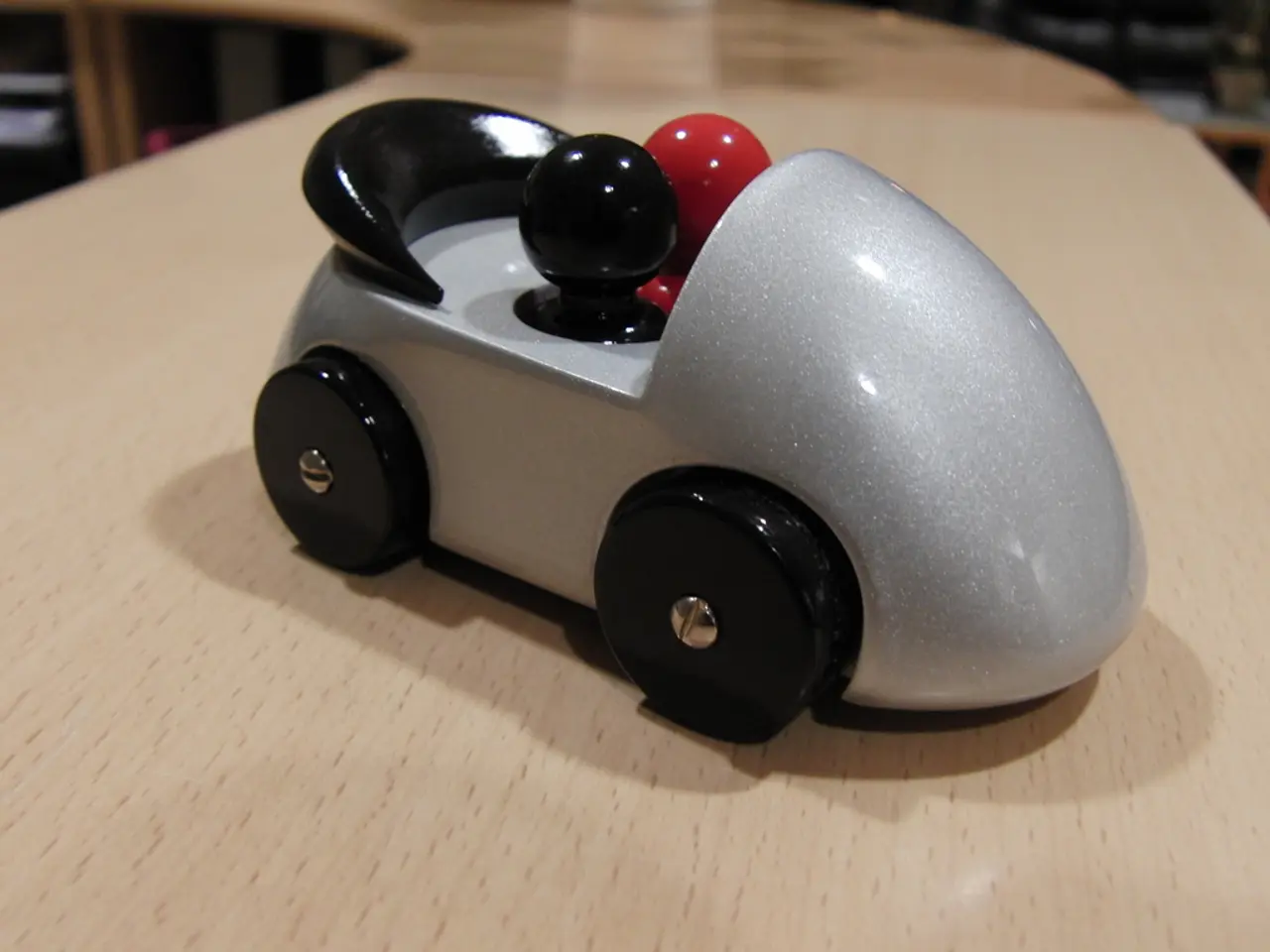Err on the Side of Caution when Purchasing Equipment for Your Initial Hiking/Backpacking Expedition to Avoid Expensive Blunders
Embarking on a long-distance hiking expedition can be an exhilarating experience, but it's crucial to plan and budget carefully to ensure a smooth journey. Here's a breakdown of the costs involved and some tips to help keep expenses manageable.
For hikers on a budget, a complete backpacking kit can be assembled for around $1,000–$1,700. This includes essential gear such as a tent, backpack, sleeping bag, sleeping pad, stove, water purification, headlamp, trekking poles, hiking shoes, rain jacket, down jacket, and hiking boots. For example, a budget-friendly "kit" from Switchback Travel totals about $1,043.
Ultralight setups can be achieved for under $700, but these often require careful shopping and may sacrifice some comfort or durability for weight savings. Entry-level or less specialized gear will be heavier and may lack certain features, but it can still be highly functional for most three-season trips.
| Gear Item | Example Model | Approximate Cost | |-----------------------|-----------------------------|------------------| | Tent | REI Co-op Trail Hut 2 | $229 | | Backpack | REI Co-op Trailmade 60 | $179 | | Sleeping Bag | REI Co-op Trailmade 20 | $100 | | Sleeping Pad | Nemo Switchback | $60 | | Stove | GSI Glacier Camp Stove | $30 | | Water Purification | Aquamira Water Treatment | $15 | | Headlamp | Black Diamond Astro 300 | $20 | | Trekking Poles | REI Co-op Trailmade | $80 | | Hiking Shoes | Merrell Moab 3 | $120 | | Rain Jacket | REI Co-op Rainier | $100 | | Down Jacket | REI Co-op 650 Down Jacket 2.0| $130 | | **Total** | | **$1,063** |
Beyond gear, a long hike involves ongoing costs. Expect to spend $8–$15 per day for backpacking meals and snacks, depending on how much you cook versus buy prepared. Getting to and from the trailhead may require gas, bus, or shuttle fees, sometimes totaling hundreds of dollars for remote locations. On multi-week hikes, you’ll need to restock food and supplies, which may involve hotels, restaurants, or shipping boxes ahead—all adding to the budget. Many popular trails require permits, which can range from free to over $100, depending on the location and season. Include costs for maps, guidebooks, first aid supplies, toiletries, and emergency devices (e.g., satellite communicator).
To help keep costs down, consider buying used or borrowing gear, prioritizing essentials like shelter, sleep system, and pack, and making seasonal adjustments to your gear selection. Three-season gear is cheaper and lighter, but winter or extreme conditions require specialized (and pricier) equipment. Plan ahead to avoid unexpected expenses like gear repairs, medical needs, or unplanned town stops.
For a budget-conscious long-distance hike (e.g., 2–4 weeks), expect to spend:
- **Gear:** $700–$1,700 (ultralight to full-featured kit) - **Food:** $10–$15/day - **Transport/Resupply:** $100–$500+ (varies greatly by location) - **Permits/Misc:** $50–$200
**Total:** A typical thru-hike or long backpacking trip can cost $1,500–$3,000+ for everything, assuming you are frugal with gear and resupply. Shorter trips or those with borrowed gear can be significantly cheaper.
While gear is the largest upfront cost, food, transport, and resupply quickly add up. Careful planning, buying used, and prioritizing essentials can help keep costs down, but even budget hiking requires a significant initial investment. Happy trails!
- When planning a long-distance hiking expedition, consider factors such as gear, food, transportation, resupply, permits, and miscellaneous expenses.
- To save on gear costs, consider buying used or borrowing items, prioritize essentials like shelter, sleep system, and pack, and make seasonal adjustments to your gear selection.
- In addition to gear, budget for daily food expenses (around $8-$15 per day) and temporary accommodations or resupply purchases (which can vary greatly depending on location).




